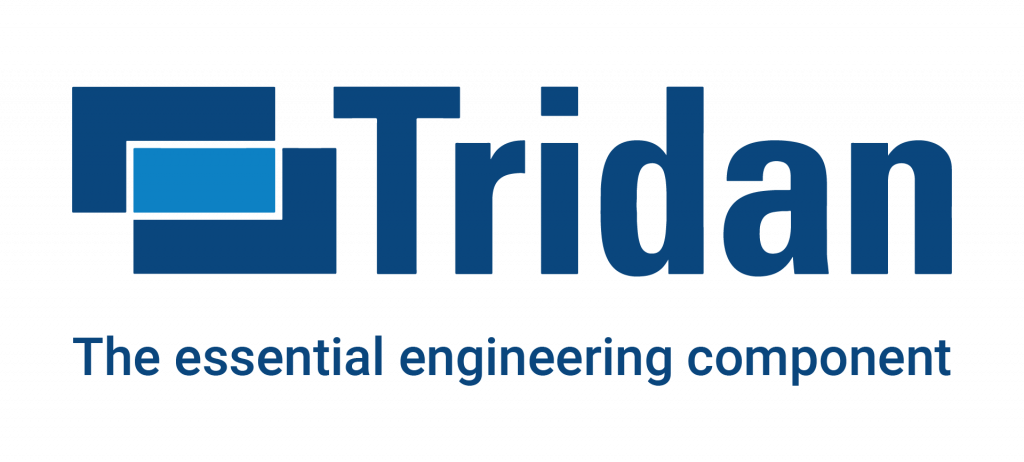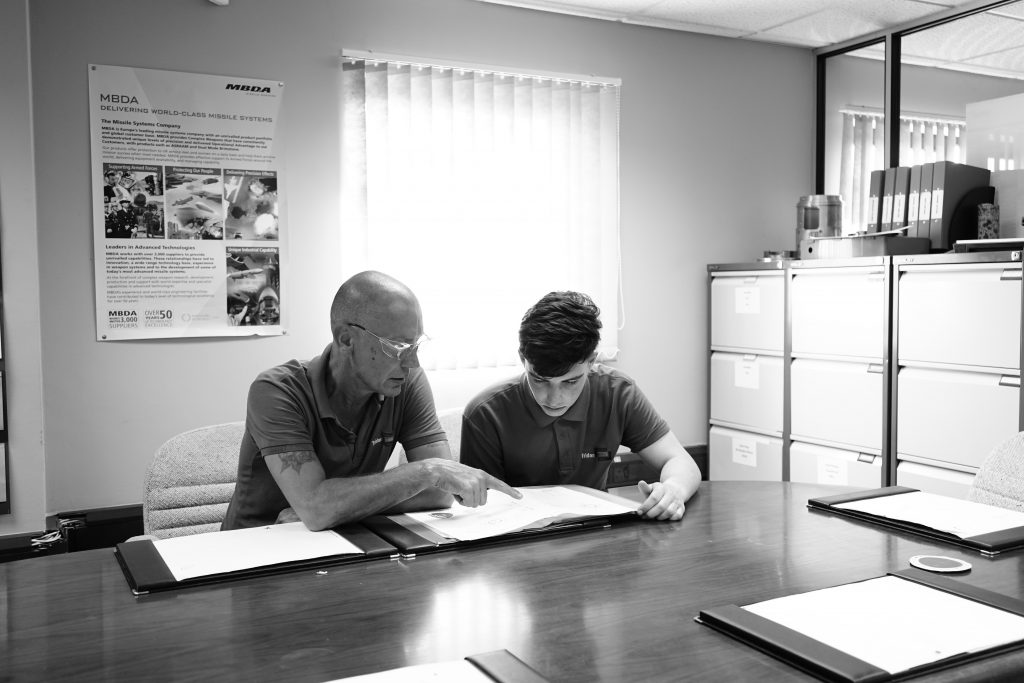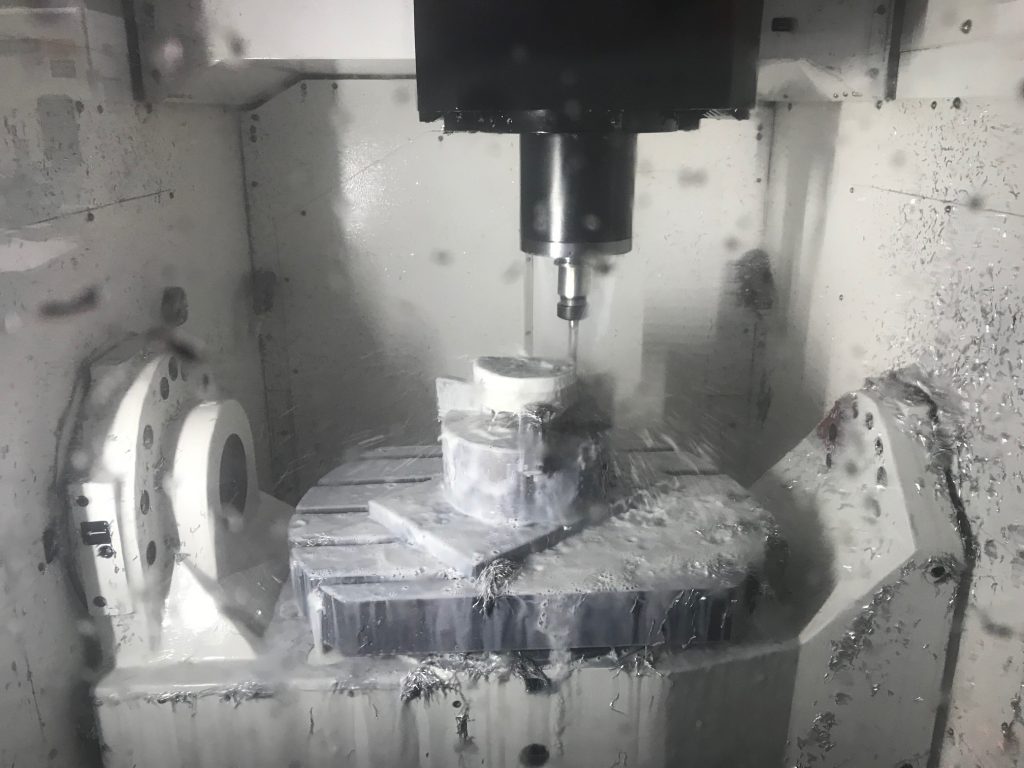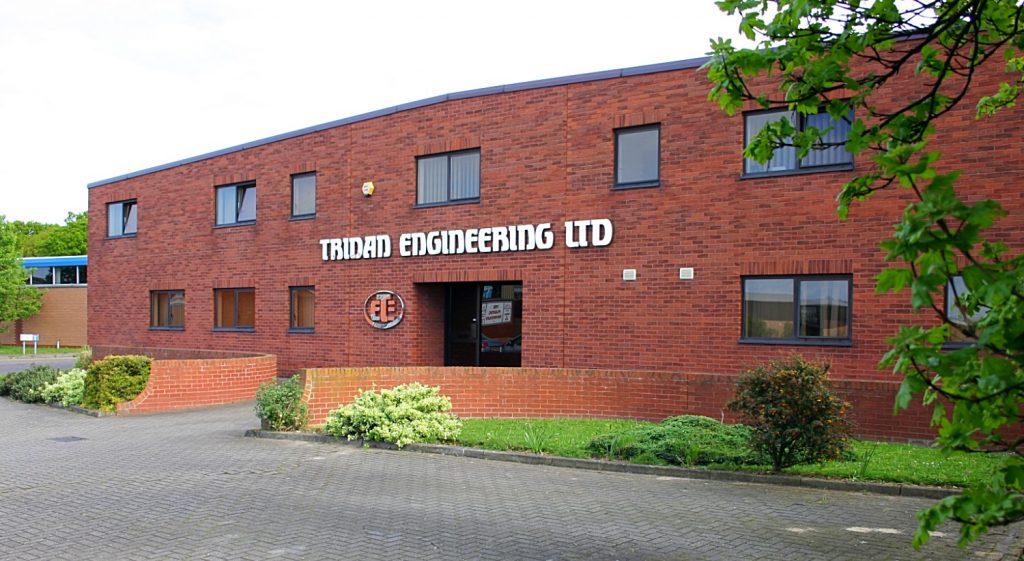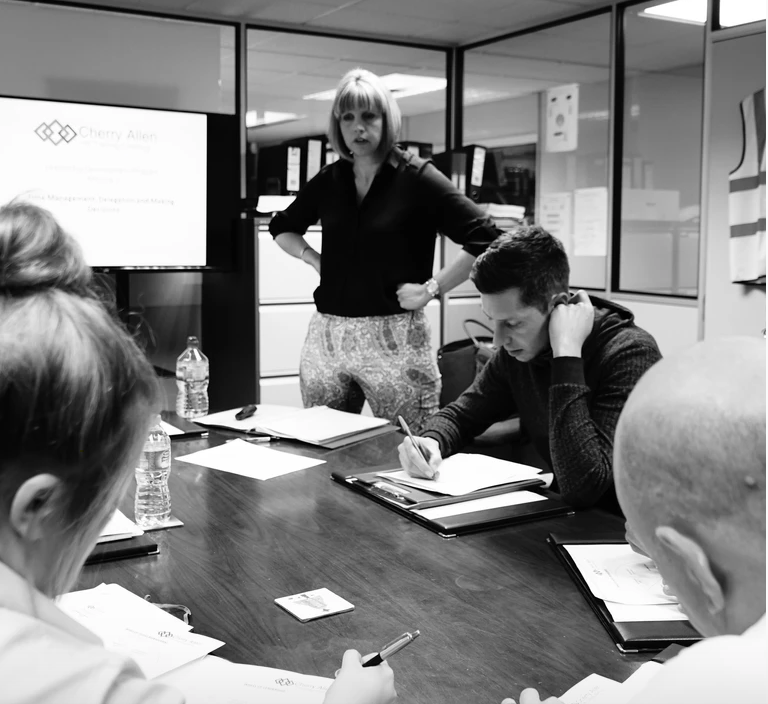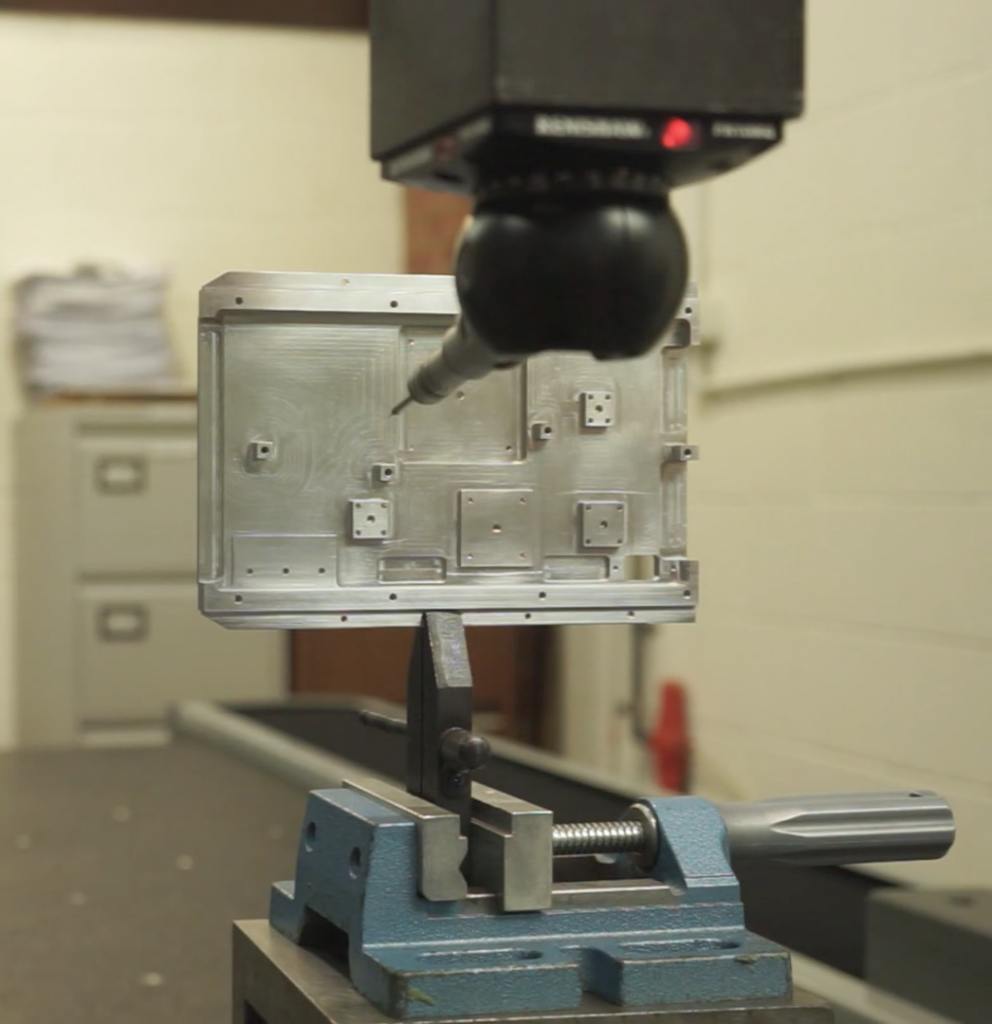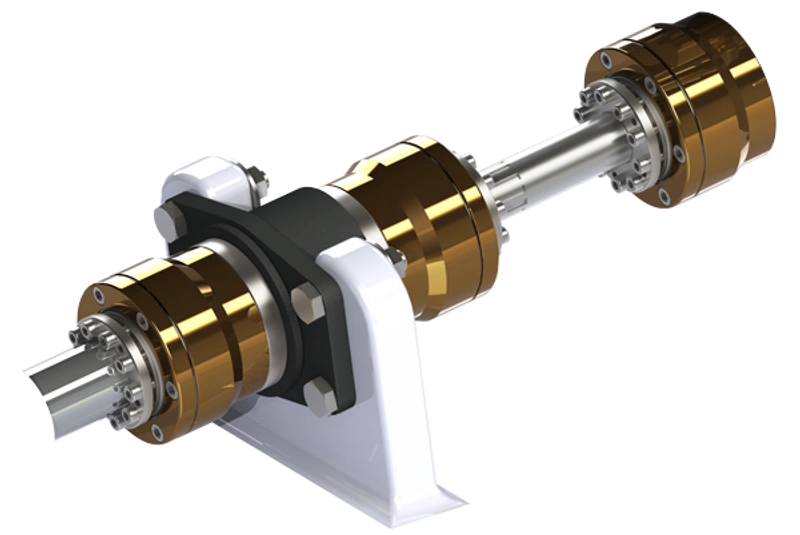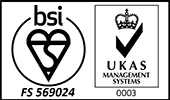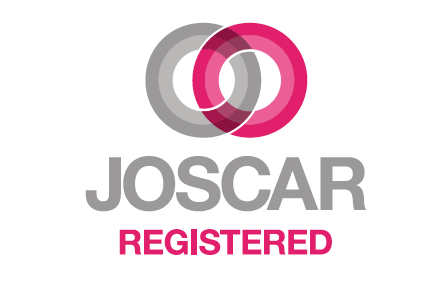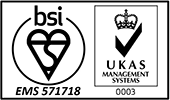The challenge
In our fIfth month we ‘re looking at our day to night shift improvements and our new BMS AS9100.
Paul Coupland, Machine Shop Manager, introduces this month’s first continual improvement by discussing the changes within the day to night shift. Matt Parker, a skilled operator, has moved from the day shifts to the night shifts to improve skill level, efficiency and our team’s mentality.
For the second case study of the month Michael Newman, Operations Manger, will be discussing the key benefits of our new business management system and the process of going through our latest audit for the AS9100 accreditation.
Everything we do is precision focused so our task was to find those small areas of improvement and showcase how they make an overall big improvement.
Next month we’ll be looking at continual improvement within our inspection department.
Day to night shift-
Improving Day Shift & Night Shift Collaboration
Communication between shifts is paramount if you want to ensure continuous production when running a multi shift system. We have improved our changeover between shifts by implementing a change of policy.
Firstly, we moved Jerry Saville, our CNC turning supervisor, from the day shift onto the night shift. With over 10 years of supervising experience this resulted in immediate gains, and a different type of feedback straight away.
We also placed Matt Parker, one of our skilled setters onto the nightshift, with the intention of Matt gaining supervisory skills from Jerry.
The Supervisors provide accurate information regarding all issues experienced by the night shift, to ensure that production is maintained and any issues can be dealt with in a timely manner. This is performed by both section supervisors to their day shift counterparts during the morning count. This information is then relayed to the relevant departments during our daily stand up production meeting.
A similar meeting is held in the afternoon, when the work load for nightshift is discussed. Accurate detailed notes are left by the day shift operator for their counterpart on nights. In rare cases where a verbal handover is required, the nightshift operator is asked to call the day shift supervisor or operator for information.
By incorporating some experienced supervisory skills and motivated personnel onto our night shift, we have not only improved our production capabilities but we have also opened different channels of communication and a better understanding between the shifts.
Improvement 1-
FACTORY RENOVATION
As a business, we have had a good track record with our Apprentice retention and success but not all made the grade. We analysed why this might be and concluded that we may not be getting as much as we possibly could from our interview process. Looking back at previous intakes successes and failures we found that the people that interviewed well were not always the ones that succeeded within the organisation.
We took a hard look at our interview process, identified what we would like to get from it and what we would like to find out about our candidates. The results were surprising. We found out that it was not just an interest and understanding of engineering we required but an understanding of how these young people ticked and interacted with their peers.
Improvement 2-
LED LIGHTING
From here we devised a two-part interview process, the first part being a formal interview. From this we invited the successful candidates back for a practical exercise where they are split into small groups. Last year we picked a bridge building day where the candidates had to construct a bridge using only the material provided to span a specified gap which would hold the maximum possible weight.
This worked brilliantly and enabled us to make a much more rounded decision when offering apprenticeships because we could observe the candidates in a relevant environment within a group situation whilst resolving an engineering problem.
Improvement 3-
REDUCTION IN PAPER & INK USAGE
We have seen a much higher success rate of apprentice retention since the implementation of this new interview strategy. I wonder what the next apprentice challenge will be?
OUR NEW BMS –
SIMPLIFYING AND REFINING THE SYSTEM FOR OUR CUSTOMERS REQUIREMENTS
Here at Tridan we are certified to AS9100 and ISO 14001 which we have gained and retained for many years. Alongside these internationally recognised standards we work to a multitude of customers specifications and contract requirements, many of them stipulate full traceability. These working practices need control through various systems, processes and procedures.
Up until recently we had standalone systems to ensure compliance to all the specifications required by our customer’s. As the Aerospace and Defence side of the business has grown over the past few years these systems had become quite large and difficult to manage. So, eighteen months ago the decision was made to integrate all our systems into one, our Business Management System or “BMS”.
Our old systems were based on written documents and were very wordy. We have moved away from this format and have used a PowerPoint presentation to drive the system. The new system uses flow diagrams, visual information and embedded documents, rather than the written word to instruct staff on the various sections of the system.
We also looked at all the forms we used from our old system and the number over the years had grown to over 150. These were all looked at in detail and by integrating and changing how we work the number was slashed to just under 50.
The top-level process map was simplified to four core process interactions with new easy to follow procedures backing them up. The authorities and responsibilities is now embedded within the Organisational Chart to show who has overall responsibility for a process or procedure.
We have also looked at training and how we go about it. The training used to be based around reading the process and procedure and demonstrating an understanding and competence, this was a little tedious for the trainee. So, as much as we have been able to we have tried to make it more interesting putting together slide shows which are made as visual as possible to keep trainees attentions.
An analysis of all the different systems was made to find similarities within them which enabled us to consolidate much of the data into the one system. We then looked at the various software programs we run, including MRP/ERP, Calibration and Inspection to see what clauses the systems already in place could handle for us. In many instances, we had already identified what the software could do, but with further investigation, we found more functionality and other ways to use the software.
A good example of this is the vending machines we use to store and distribute consumable tools to the shop floor. We purchased a new machine which now holds over 1000 screw and plug gauges. This has enabled us to have even more control over the distribution and use of our gauging. The software tracks usage and flags our QC department when a gauge needs calibrating by email. We have also been able to reduce the amount of calibration required as the system is now based on usage instead of a period of time which in turn has created more time for our Inspectors on value added tasks.
We have also invested in fully automated FAIR software which enables us to create reports consistently every time with “bubbled up” drawings which are created for us within the software. This has reduced the time taken on creating the FAIR Pack by up to 50%.
All the mentioned systems and more are fully integrated with our BMS which we have tested fully gaining Rev D status for AS9100 and 2015 for ISO14001. These were both gained in September of this year.
By taking a step back and analysing all the requirements we must work to we have created one system which ticks all the boxes from AS9100 through ISO14001 and all our customer’s requirements. We have streamlined the system and condensed into one.
We now have a Business Management System which works for us and makes our jobs easier rather than us working for the system.
